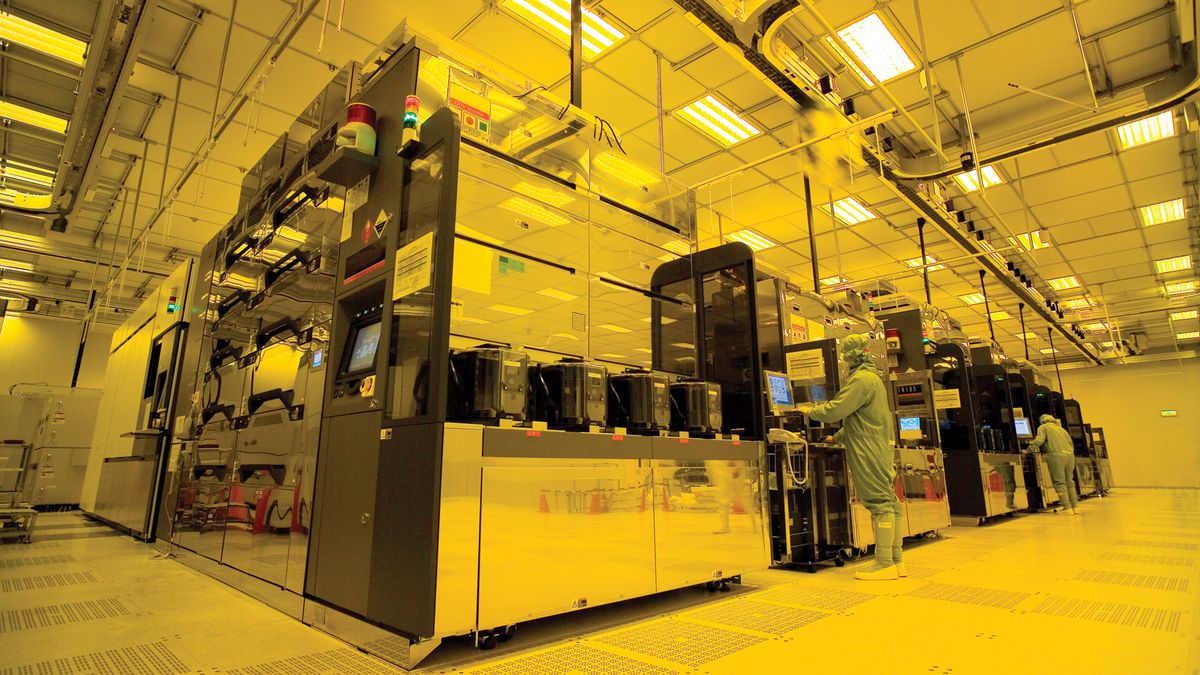The U.S. will mint its last penny in Philadelphia on Wednesday, according to a report from the Associated Press. And while the coin will still be legal tender, the humble penny is going to become increasingly hard to find.
President Donald Trump first declared in February that pennies should no longer be minted, describing them as wasteful since they cost more to produce than they’re worth.
“For far too long the United States has minted pennies which literally cost us more than 2 cents. This is so wasteful!” Trump wrote on Truth Social. “I have instructed my Secretary of the US Treasury to stop producing new pennies. Let’s rip the waste out of our great nations budget, even if it’s a penny at a time.”
Trump was actually undercounting the cost of producing the penny. It was 2.7 cents in 2022 but ticked up to 3.7 cents in 2024, according to the Wall Street Journal. Before the penny, the last time the U.S. Mint stopped producing a coin was the half-cent piece in 1857. At the time that minting of the half-penny stopped, the coin was worth about 18 cents in today’s currency.
It made sense to stop production of the penny, but just about everyone agrees that Trump went about it the wrong way. The president didn’t coordinate with Congress or retailers to enact a phase-out plan, something that other countries like Canada did in a much more orderly manner. Canada ceased production of its one-cent coin in 2012 and encouraged businesses to round to the nearest five cents.
“We have been advocating abolition of the penny for 30 years. But this is not the way we wanted it to go,” Jeff Lenard from the National Association of Convenience Stores told the AP last month.
As a result, many stores are asking customers to pay in exact change (including pennies), something Gizmodo witnessed recently at a Ralph’s grocery store in San Diego, California. The sign on the self-checkout machine read: “The U.S. Treasury has stopped production of pennies, which is now impacting supply. If using cash for payment, please consider providing exact change.”
The U.S. Mint in Philadelphia has been making pennies since 1793, when it was made of 100% copper. Since 1982, the penny has been made of copper-plated zinc, comprised of 97.5% zinc and 2.5% copper. The first penny featured a flowing hair “liberty” design and changed many times over the decades, including the Flying Eagle design (1857-58), the Indian Head design (1859-1909), and the Lincoln Cent, which has had slight variations since it was first introduced in 1909.
Treasury Secretary Scott Bessent and Treasurer Brandon Beach will reportedly be at the U.S. Mint in Philadelphia for the final production run of the penny on Wednesday.









 English (US) ·
English (US) ·